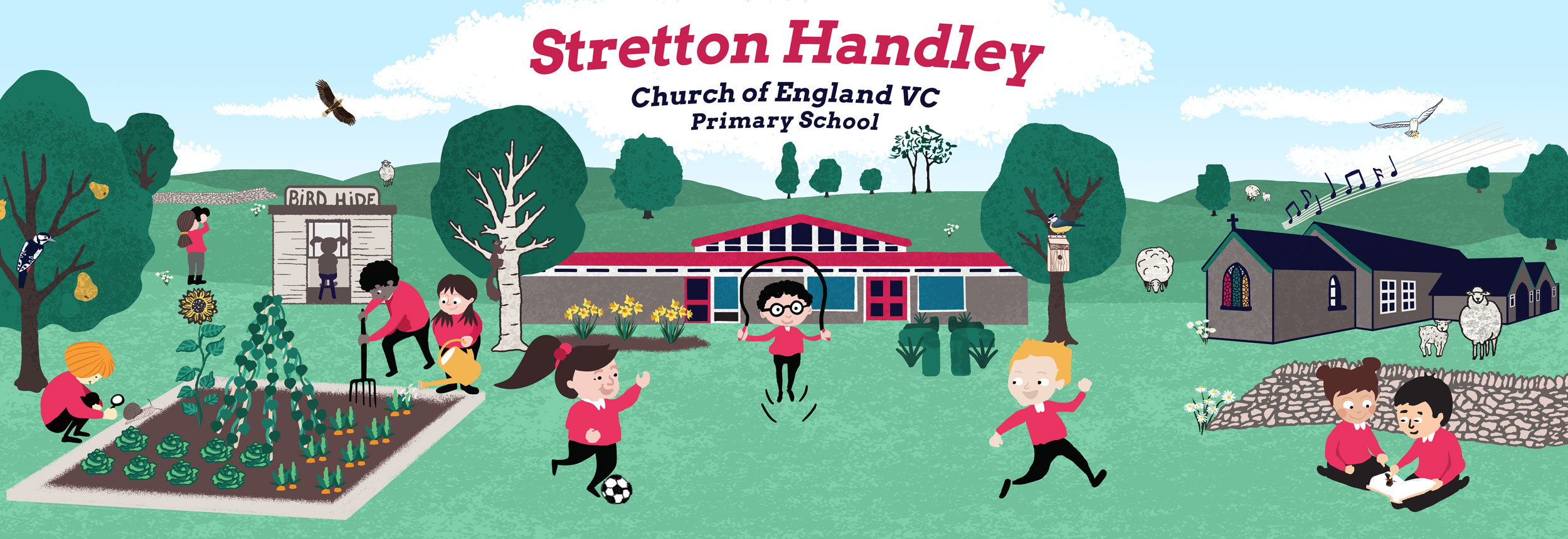An account of life before and after the coming of the reservoir by Mrs Annie Fox.
In the heart of Derbyshire among the beautiful hills stands a village called Woolley Moor. In days gone by, Woolley House a large Country house was run as a Hydro and took in visitors all the year round. Attached to it was a small village store where you could buy anything from a box of matches to a cwt: of corn. In the yard at the back was the old Joiners shop, which was used by the local undertaker.
Later the house was sold and divided up into 6 small cottages made out of the big house, the shop 11 other cottages and the old public house Napoleon’s Home, all will soon be destroyed by the New Ogston Reservoir built to supply industry with millions of gallons of water.
The Napoleon’s Home has been in the family of the Fox’s for generations past, and is still bother owned and run by Mr Fox today. In its grounds the village football team used to play, also the cricket team had their pitch. Here the Flower and Vegetable Show has been held every year for the past 48 years. Now they are told it cannot stay. The villagers have to leave homes in which some were born, and lived for a life, time, to make way for the flooding of the valley. At present only the Public House remains occupied. When the bulldozers have finished their work, one cottage on the other side of the road will remain, standing out like a landmark with the past. Its occupant an old gentleman who has seen many changes in his life time, now spends a lot of time directing many and various people up the hill, to where the villagers have been re-housed in Council houses, almost making a new village on top of the hill. Before, only a few cottages and small holdings stood there.
The old sheep wash too, has been destroyed where local farmers used to bring their sheep for washing. The bridge across the river is being raised; cranes, concrete mixers and bulldozers spoil the quiet countryside.
At one side of the river at this point stood the laundry where washing from both Woolley Hydro and Stubbin Edge Hall was done.
On the other side of the river stood a house built by a local man named Beresford, also his Blacksmiths shop, where both he and his man worked regularly.
Across the river set out among spacious lawns was Amber Valley Camp School. Built in 1939 to give 250 children from urban areas the benefit of having a month’s education in rural surroundings. During the war, it was used to re-house a Public School evacuated from Derby. This too will soon be swept away by bulldozers to make way for the rising waters.
At the other side of the valley stand the Pumping Station, and the Purifying plant.
On top of the spur stood a large Georgian house know as The Ford House. In its lovely grounds also stood the Gardeners and Butlers cottages, these too have been swept away, to make way for the modern dwellings to house reservoir officials. On the other side of the road, in a large meadow, stands another group of new houses built for reservoir staff.
At the bottom of the valley by the side of the river used to run a footpath. Over 30 years ago a then young school mistress took a class of infants on a picnic into a field which the footpath ran through by the river, that day has never been forgotten. They fished they played cricket, and drank milk and tea carried from a Farm House up on top of the hill 4 steep fields away. What a day they had – no more will do it. Now the same field lies 30 feet under water, only memories are left. But to those who took part in it, it stands out as one of the most wonderful days of childhood.
The old Mill too has gone. It used to be driven by a water wheel and was well known for miles around. No more will carts take rough stone in at one side of the yard and sawn blocks out at the other.
In the past the valley was one of Derbyshire’s beauty spots, a lovely place in summer, but forgotten in winter. What will it be now?


